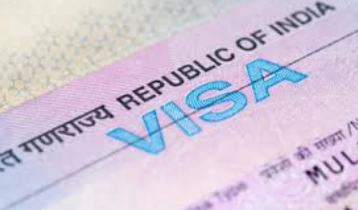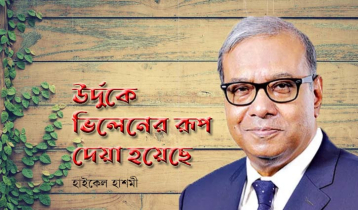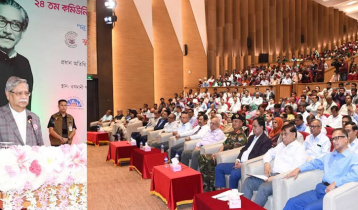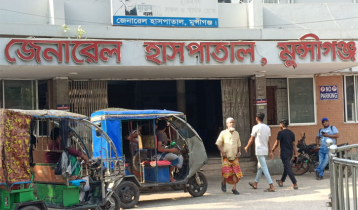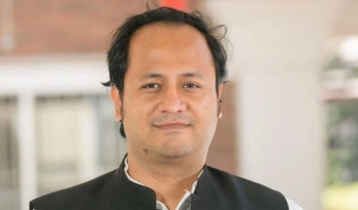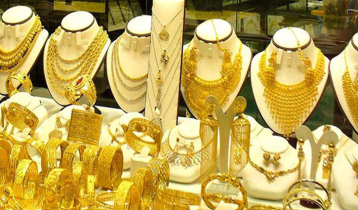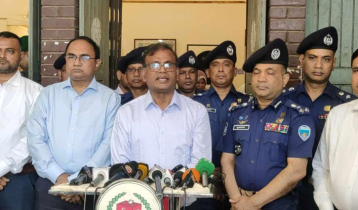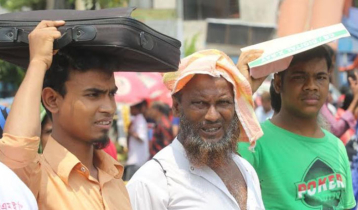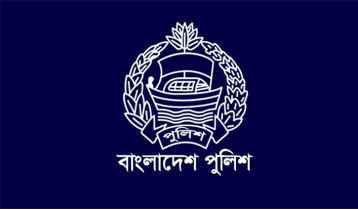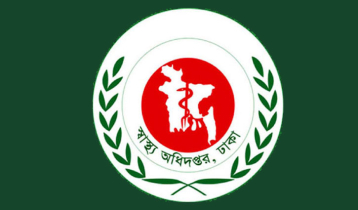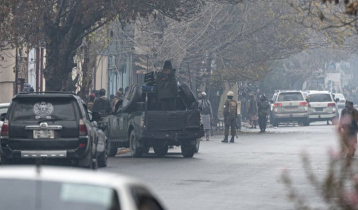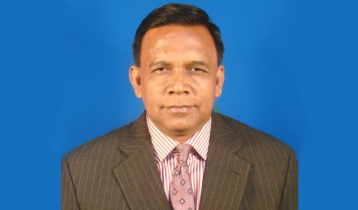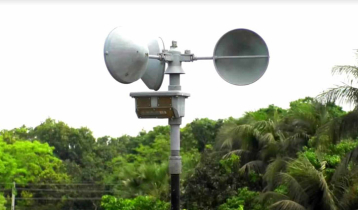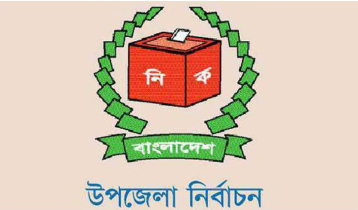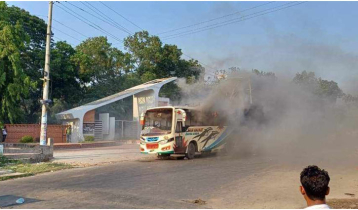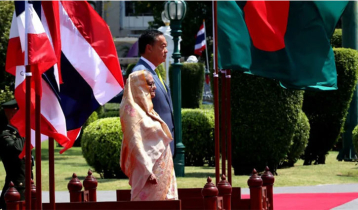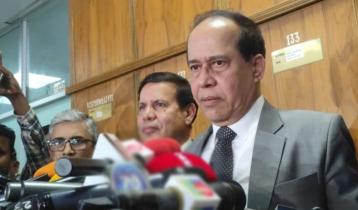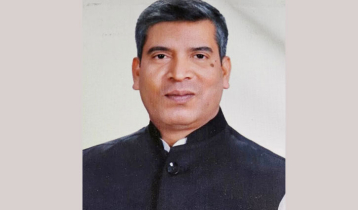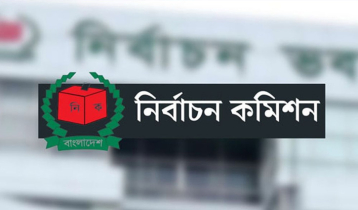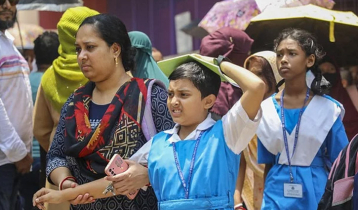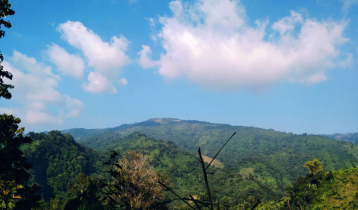Women in Sustainable Development Goals (SDGs)
Manzurul Alam Mukul || risingbd.com

By Khaleda Begum: World leaders on 25 September 2015 embraced a comprehensive 15-year global plan of action to end poverty, reduce inequalities and protect the environment, known as the Sustainable Development Goals (SDGs), at the opening of a United Nations special summit.
The outcome document adopted by the UN is titled as “Transforming our world: the 2030 Agenda for Sustainable¬¬ Development” which contains 17 goals and 169 targets. They have come into effect on 1 January 2016, replacing the Millennium Development Goals (MDGs) set in 2000. SDGs are based on the MDGs and it aims to finish the unfinished tasks of the MDGs along with more new agenda.
SDGs is an instrument through which global leaders can fulfill their commitment to take all the people including men and women with them in the process of development which means to leave “no one behind”. It says that for exploration of the full potential of human kind, girls and women must enjoy equal access to quality education, economic resources and political participation as well as equal opportunities with men and boys for employment, leadership and decision-making at all levels.
SDG 6 aims to ensure availability and sustainable management of water and sanitation for all. Target regarding women to achieve this goal is by 2030, achieve access to adequate and equitable sanitation and hygiene for all and end open defecation, paying special attention to the needs of women and girls and those in vulnerable situations.
SDG 7 is to ensure access to affordable, reliable, sustainable and modern energy for all. Regarding this Goal, UN Women notes that all elements of energy planning and policy-making need to be done in gender dimensions and actively advance women’s leadership.
SDG 8 is to promote sustained, inclusive and sustainable economic growth, full and productive employment and decent work for all. In its target full and productive employment and decent work as well as a safe and secure working environments with proper wage and labour rights for women is emphasized.
SDG 9 aims to build resilient infrastructures, promote inclusive and sustainable industrialization and foster innovation. The gender responsive targets for this Goal mean that all elements of planning, building and financing must take gender dimensions into account, so that women have facilities and services essential to their needs and rights.
SDG 10 is reducing inequality within and among countries. Gender sensitive targets in this Goal is by 2030, empower and promote the social, economic and political inclusion of all, irrespective of age, sex, disability, race, ethnicity, origin, religion or economic or other status.
SDG 11 intends to make cities and human settlements inclusive, safe, resilient and sustainable. The gender relevant targets are by 2030, along with all, women will be provided access to safe, affordable, accessible and sustainable road and transport systems and green public spaces.
SDG 12 is ensuring sustainable consumption and production patterns. Here it requires that for consumption and production, women must have equal access to means such as land and technology that can boost their standard of living. Also, their presence in the leadership in this area should be ensured.
SDG 13 is for taking urgent action to combat climate change and its impacts. Women associated target here is to promote mechanisms for raising capacity for effective climate change-related planning and management in least developed countries and small island developing States, including focusing on women, youth and local and marginalized communities.Conservation and sustainable use of the oceans, seas and marine resources for sustainable development are meant in SDG 14. To fulfill the targets related to women their engagement in this sector should be done under proper contract with health, safety and labour rights protections. All strategies for conservation and sustainable use need to respond to vulnerabilities of women to ocean degradation with fewer assets and alternatives for livelihoods, and less resilience against the loss of natural resources.
SDG 15 is to protect, restore and promote sustainable use of terrestrial ecosystems, sustainably manage forests, combat desertification, and halt and reverse land degradation and halt biodiversity loss. Regarding this, the UN Women says women can be the first and most affected because of environmental degradation. So, ownership of natural resources specially land can assure their capacity to adapt to losses or make decisions about how land is used—for the benefit of themselves and the environment.
SDG 16: Promote peaceful and inclusive societies for sustainable development, provide access to justice for all and build effective, accountable and inclusive institutions at all levels. The target which can cover the issue of gender is to significantly reduce all forms of violence and related death rates everywhere; end abuse, exploitation, trafficking and all forms of violence against and torture of children.
SDG 17 is set to strengthen the means of implementation and revitalize the Global Partnership for Sustainable Development. The Goal can be reached by strengthening domestic resource mobilization, including through international support to developing countries, to improve domestic capacity for tax and other revenue collection. Gender responsive budgeting and women’s access to technology will assist achieving at least half of this Goal.
SDG puts emphasis on the systematic mainstreaming of gender issues in all national plans of a country. Mainstreaming is one of the main secrets behind successful implementation of the MDGs in Bangladesh. For SDGs, this country has already incorporated ‘sustainable development’ at the core of its National Development plan. The National Economic Council (NEC) approved Seventh Five-Year Plan (SFYP, 2016-2020) on 20 October 2015 which aims to minimize economic disparity by generating new jobs and achieve sustainable development maintaining an average 7.4 percent growth during the period. Bangladesh has also mainstreamed women issues in its national plan. According to this Perspective Plan ensuring gender balance is a fundamental principle of state policy. It states that a system of reserved seats for women has been introduced, increased from 45 to 50 seats, in the National Parliament. Similar measures are being introduced in many sectors to empower and mainstream women in national life.
Institutionalization of gender responsive planning and budgeting with a view to promoting gender balance is also in progress in Bangladesh. Programs are afoot to give women their rightful share in skill development training both at home and abroad, and enhancing the participation rate of women in the labor force from 29 percent to at least 40 percent by 2021 under this plan. In order to ensure gender sensitive good governance, SFYP (2016-2020) will also review all laws relating to gender inequality.
Risingbd/Jan 23, 2016/Mukul
risingbd.com




